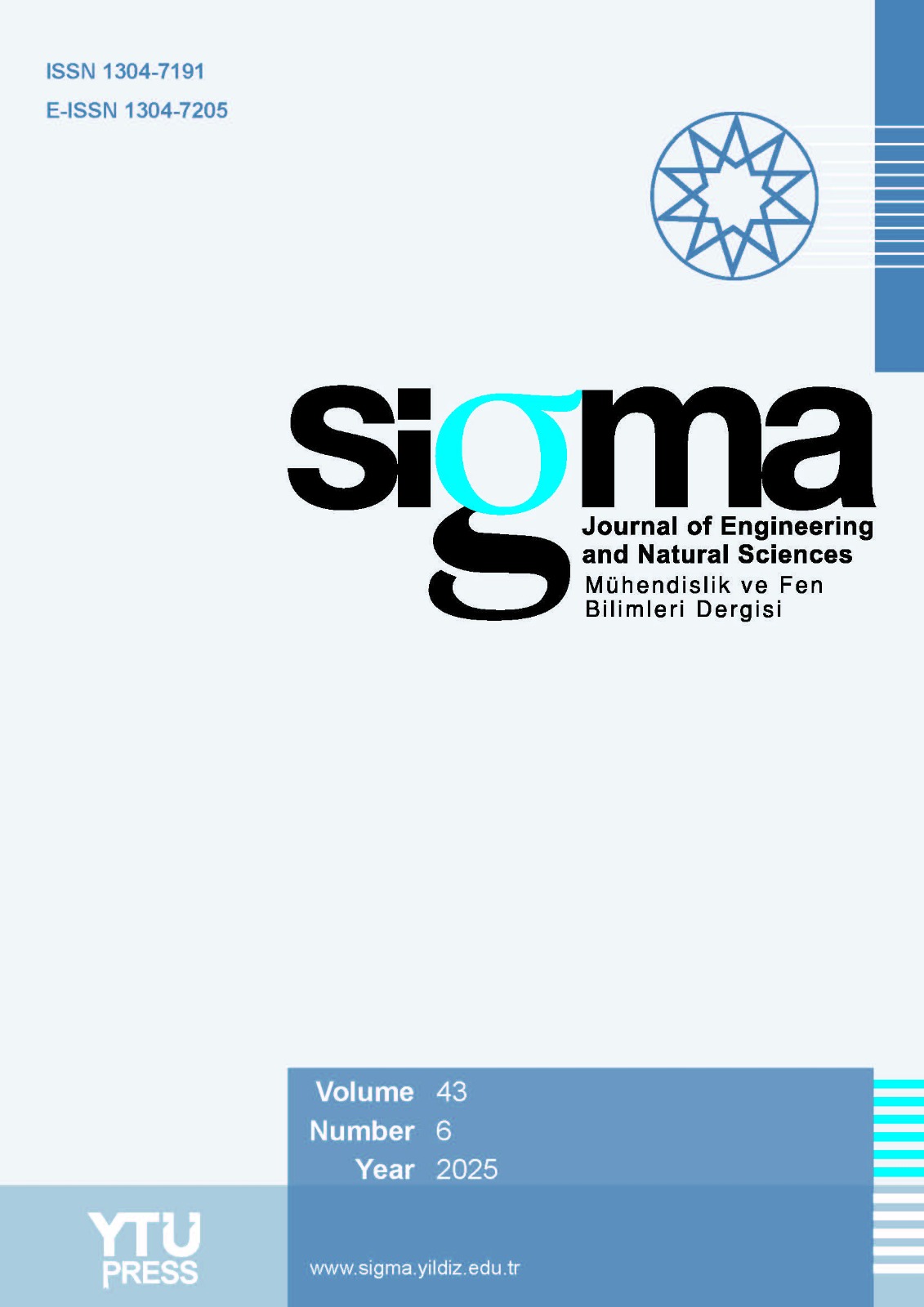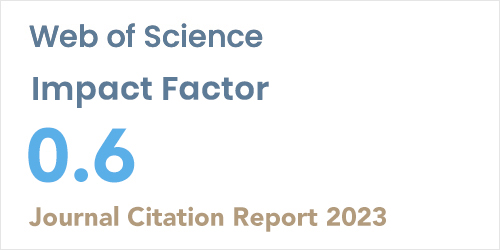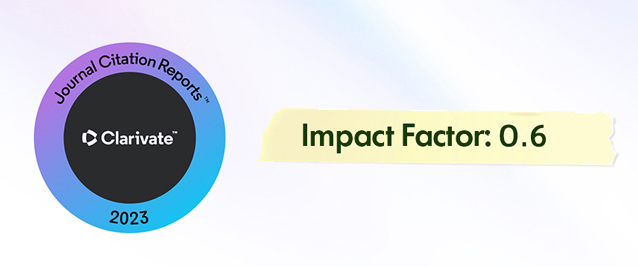2Department of Geomatic Engineering, Faculty of Civil Engineering, Yıldız Technical University, Istanbul, 34220, Türkiye
3Department of Basic Education, Faculty of Education, Yıldız Technical University, Istanbul, Türkiye
4Department of Architecture, Faculty of Architecture, Yıldız Technical University, Istanbul, 34220, Türkiye
5Department of Conservation and Restoration of Cultural Property, Yıldız Technical University, Istanbul, 34220, Türkiye
6Department of City Regional Planning, Faculty of Architecture, Yıldız Technical University, Istanbul, 34220, Türkiye
7Department of Civil Engineering, Faculty of Civil Engineering, Yıldız Technical University, Istanbul, 34220, Türkiye
8Department of Statistics, Faculty of Arts & Science, Yıldız Technical University, Istanbul, 34220, Türkiye
9Department of Electrical Engineering, Faculty of Electrical & Electronics, Yıldız Technical University, Istanbul, 34220, Türkiye
10Department of Industry Engineering, Faculty of Mechanical Engineering, Yıldız Technical University, Istanbul, 34220, Türkiye
11Department of Political Science and International Relations, Faculty of Economic and Administrative Sciences, Yıldız Technical University, Istanbul, 34220, Türkiye
12Graduate School of Natural and Applied Sciences, Yıldız Technical University, Istanbul, 34220, Türkiye
13Department of Educational Sciences, Faculty of Education, Yıldız Technical University, Istanbul, 34220, Türkiye
14Department of Civil Engineering, Faculty of Civil Engineering, Turkish-German University, Istanbul, 34820, Türkiye
15Department of Environmental Engineering, Faculty of Civil Engineering, Yıldız Technical University, Istanbul, 34220, Türkiye
16Department of Architecture, Faculty of Architecture, Maltepe University, Istanbul, 34857, Türkiye
17Deparment of Naval Architecture and Marine Engineering, Faculty of Naval Architecture and Maritime, Yıldız Technical University, Istanbul, 34220, Türkiye
18Department of Civil Engineering, Faculty of Engineering, Van Yüzüncü Yıl University, Van, 65090, Türkiye
Abstract
Earthquakes, as a type of disaster, have become a prominent subject in scientific studies in Türkiye and around the world with their devastating effects. This study aims to sketch out a general panorama of the field, and to guide future research by analyzing the earthquake studies conducted in Türkiye in the last thirty years through bibliometric analysis. In addition, the study aims to foresee the way in which the scientific approaches on earthquakes would shape in the near future relying on the academic articles written on the earthquakes so far 10 months following the February 6 earthquakes. The statistical data and bibliometric analysis of the literature show that in recent years, the topic of “earthquakes in Türkiye” has become a widespread field of study, not only limited to the field of engineering but also including other social science disciplines. Furthermore, the study reveals a situation in which scientific institutions in Asian countries have come to the fore in shaping the existing literatüre, and multidisciplinary approaches are more important.














